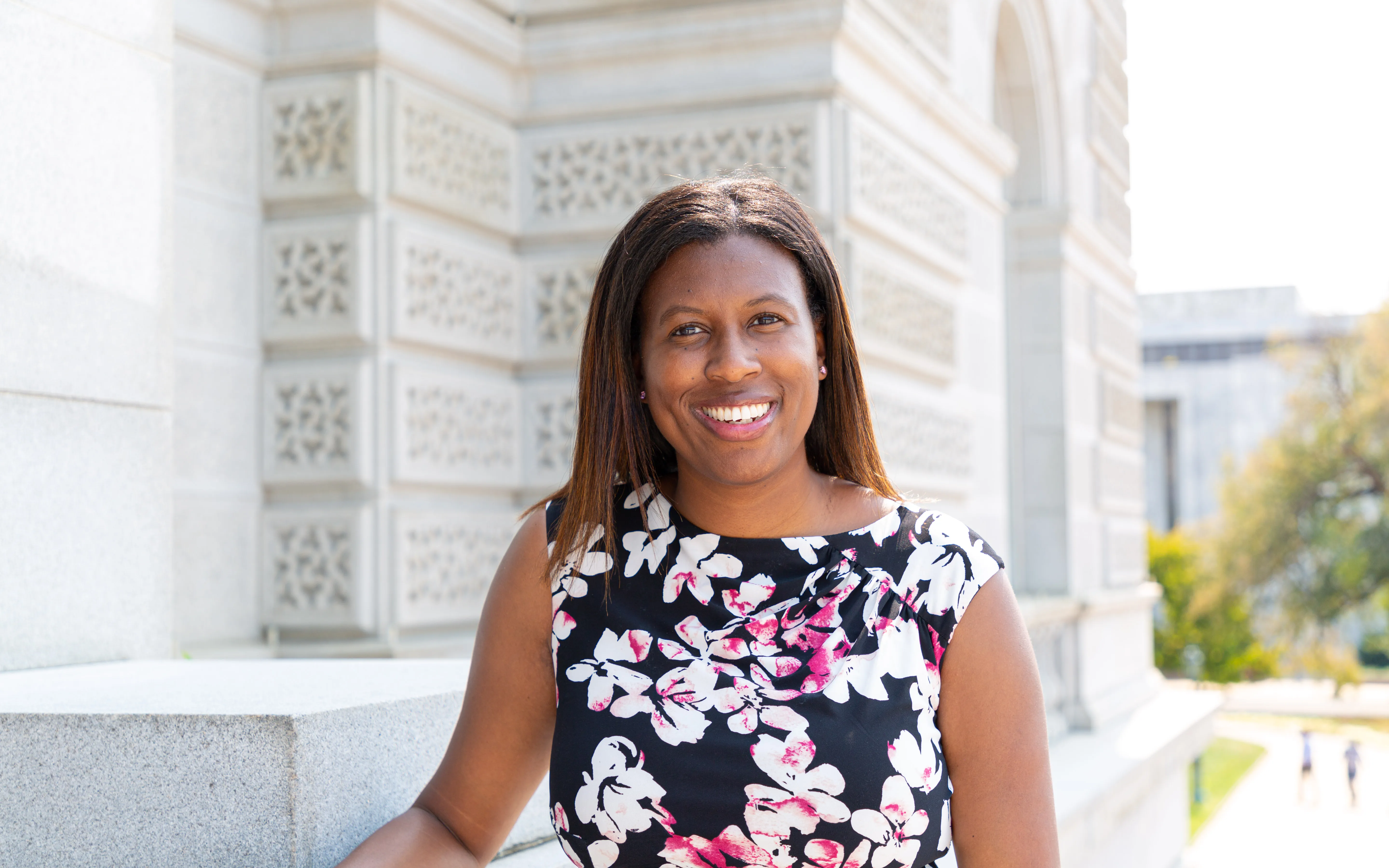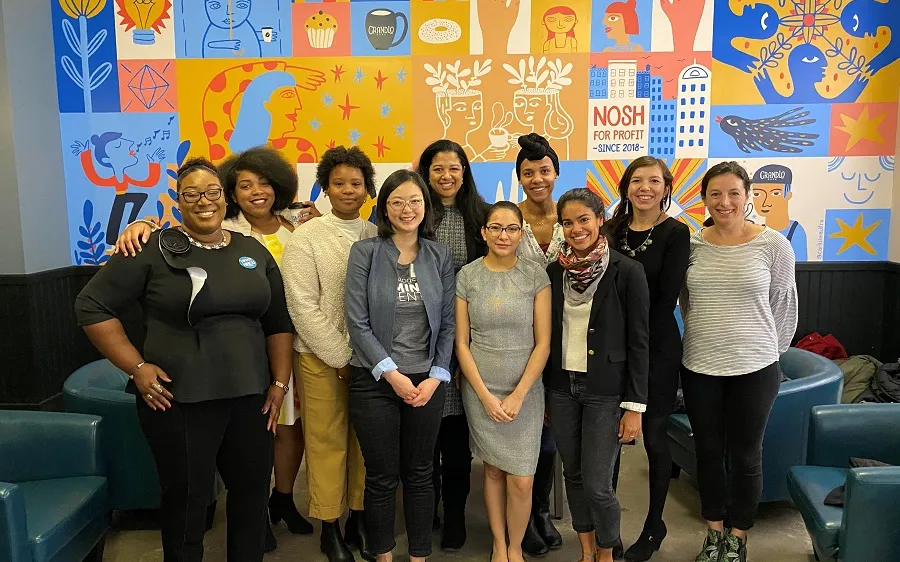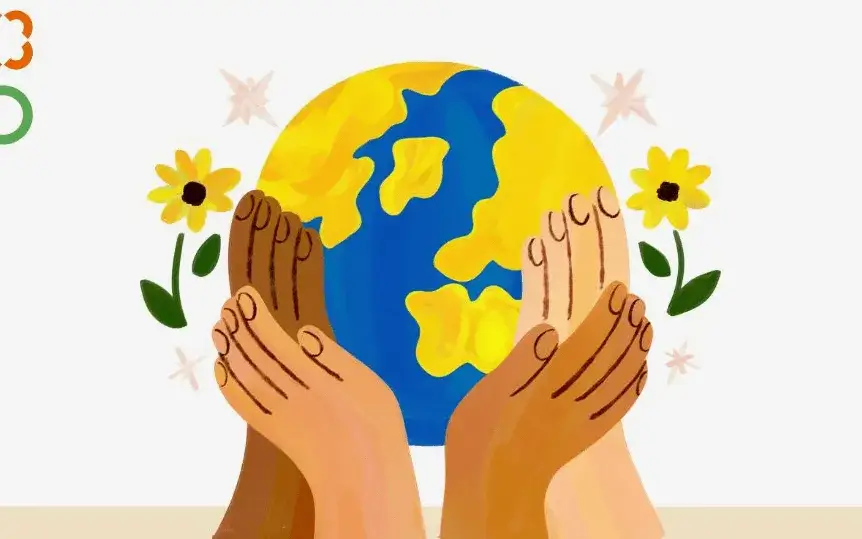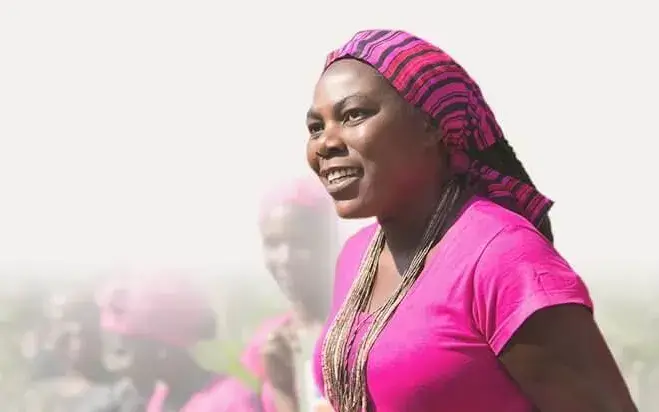Nicole Williams, co-executive director of 500WS, along with Toni Mosley, manager for fellowship for the future, share the reality of being a woman in the field of science.
The members of 500 Women Science claim greater recognition of women in the scientific field and a more open and inclusive work environment away from any discrimination.
What is the mission of 500 women scientists?
The mission of 500 Women Scientists is to make science open, inclusive, and accessible by fighting racism, patriarchy, and oppressive societal norms.
It seems like it's becoming a more accessible field for women and people of color but considering the data, what's the current situation? Is it a really good picture?
Women of color hold only 10% of roles in science and engineering occupations, even though they make up over 36% of the total US population. They also play an outsized role both in mentorship and outreach within science but receive little to no professional acknowledgment and resources necessary to maximize impact.
Women and girls also continue to be sidelined in science, technology, engineering, math, and medicine (STEMM) due to their gender identity.
Do you think it is a consequence of not having enough female references in the world of science due to the invisibility they have suffered over the years?
That is definitely part of it. We need to continue highlighting and amplifying the work of women in STEMM so that young girls can see themselves in science. However, the culture and the systems in many spaces need to change as well. For example, Wikipedia is one of the most highly trafficked websites in the world, but only 18.2% of English Wikipedia biographies are about women.
More time and resources need to be spent on cultivating a supportive narrative and environment for women and girls in STEMM.
What could you tell me about LGTBQ+ people? how does this dynamic of discrimination affect them?
Queer, trans, and gender-diverse folks face discrimination, harassment, and hostility at work. LGBTQ+ people are estimated to be 20% less represented in STEM fields than statistically expected, and are less likely than non-LGBTQ+ people to major in STEM, persist in STEM, earn STEM degrees, and work in STEM fields.
LGBTQ+ scientists experience more career barriers and workplace harassment than non-LGBTQ+ scientists. As the data suggests, it is clear that we still have a long way to go in making these fields truly accessible and inclusive.
What do you do from your organization to change this reality?
500 Women Scientists is working to make science and society more open and accessible through programs that primarily aim to change the face of science, hold institutions accountable and build collective power. Additionally, we have always used a solutions-based approach to our work. For example, we created an open-access search database called Gage, where people can discover brilliant underrepresented voices in science including women gender-diverse folks in STEMM.
We also host Wikipedia Edit-A-Thons which bring together folks to edit and create articles on Wikipedia, ensuring that the contributions of women leaders in STEMM are reflected in the world’s largest free encyclopedia. One of our flagship programs is our unique fellowship program called Fellowship for the Future.
Through this initiative, we support women of color who are leading revolutionary STEMM-based community projects by offering them professional development, financial support, and additional resources. Finally, we are building collective power through our growing number of local chapters (pods) of women and gender-diverse folks in STEMM.
To date, we have 550 pods in 93 countries! We support our pods by providing them with resources and toolkits so that they can be advocates in their own communities.
In your opinion, do you think we should take more steps to make science inclusive and accessible?
Absolutely! There is so much more work to be done. We need to continue to work together to dismantle the oppressive systems that are keeping women out. If we have learned anything through our experience at 500 Women Scientists it is that there is so much we can do when we come together as a collective.
Many of our programs and initiatives were born as a result of the space we have continued to create for women and gender-diverse folks to come together, collaborate, and conspire for positive change. These kinds of spaces also empower folks with the tools and resources needed to advocate within their own institutions.
What we should do?
A great example of this is a recent collaboration to create and update our Inclusive Meeting Guide between 500 Women Scientists, Aspen Global Change Institute, the Earth Science Women’s Network, and Pal(a)eoPERCS. This guide provides tangible action steps that meeting organizers, funders, and individual participants can take to make scientific meetings more diverse, equitable, inclusive, just, and accessible.
Whether your meeting is in-person, virtual, or hybrid, the guide to organizing Inclusive Scientific Meetings offers strategies and resources to foster a culture of belonging for all.










Add new comment